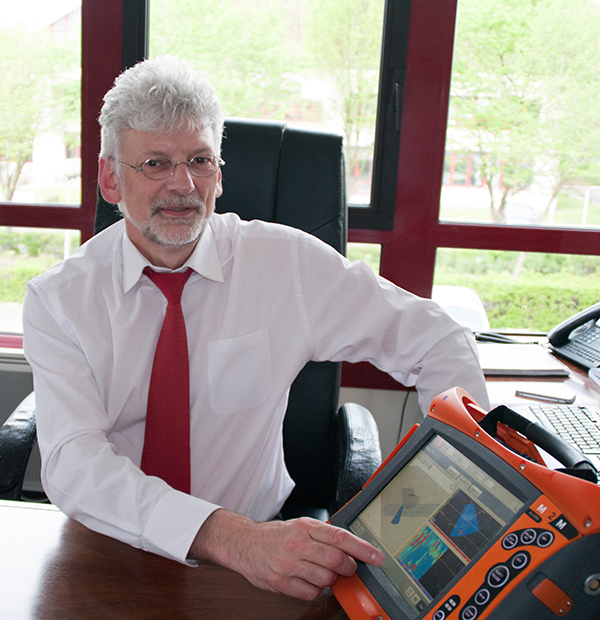Patrick Pichard | M2M
10th September 2017
It is with great pleasure that we share with you today the words of Mr. Patrick Pichard, CEO of M2M.

After 30 years in NDT, what have you taken from your experience in this field?
I started NDT in 1976. It was about 40 years ago. What I’ve taken from this experience is obviously that it is a fascinating job, regardless of the method, but more particularly the ultrasonic method. I learned a lot, and I often say that when you “taste” NDT, they become part of you, like Obelix and his magic potion!
As Manager of M2M, a company specialized in selling high precision UT material, and former trainer and inspector particularly in UT, what are, in your opinion, the main qualities sought after in this profession?
Besides technical qualities (because of course, it’s better to know physics to start in this profession), there must be passion, enthusiasm, and team spirit. There is also a need for a resolute and innovative spirit.
How does your equipment differentiate from others?
We must bring innovative industrial functionalities to the users. The strong link with CIVA helps us in this.
But we must also make their use simple and intuitive. Among other functionalities, the best example to this day is the Gekko, with real time TFM, which represents a substantial advancement in detection sensivity and resolution.
Increasing the probability of detection has always been a major objective. In traditional UT, through the use of several probes at different angles with low frequency to increase divergence. Phased Arrays brought sectorial scan and allowed for focalization.
Today, TFM brings focalization in every point of the inspected area, in real time. The probability, the sensivity and the resolution have been drastically improved. Hydrogen, the smallest element, is one of the worst enemies of materials, because of how easily it travels through them, agglutinates and causes cracking.
TFM is one of the main reasons why the Gekko started so well. Thus, I think TFM should become a standard soon.
What do you think simulation brings to inspectors? Would you recommend it?
Of course we must recommend it. Before simulation, when we wanted to define an inspection method to validate, the only way was to perform real tests with the most appropriate sensor possible. Then we changed the sensor’s characteristics (f, dimensions…), and began the tests anew, etc.
Simulation allows us to virtually perform all the possible tests by modifying the acquisition parameters. It saves both time (can be done in masked time) and money.
However, once finished, it still has to be validated to check the conformity between practical results and simulation. Which is actually how the software’s algorithms are validated.
But there’s more. Simulation is also a fantastic training tool. When training people, practical work is done on mock-ups including defects. Using simulation really helps the operators to understand phenomena.
How do you imagine the evolution of techniques within the next 10 years?
I evoked that a bit earlier: I think we always have to innovate.
The objective is to always go smaller, to have a better resolution, and, what is still missing today, to characterize the defect. We must be able, after an inspection, to have a diagnosis of the defect’s type, shape and dimensions.
Reverse engineering will be used with the help of simulation of the different types of inspections, keeping with the norms.
This is how tomorrow’s inspections will be made even mode reliable. That’s easy to say, now we have to do it!
